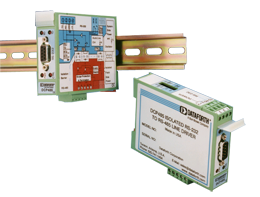SCM7B40-03A
Isolated Analog Voltage Input Module, Wide Bandwidth

SCM7B40-03A
Isolated Analog Voltage Input Module, Wide Bandwidth
Product Availability:
- Usually stock to 2-3 weeks.
SCM7B40-03A added to cart.
Description
Each SCM7B40/41 voltage input module accepts one channel of analog voltage input which is filtered, isolated, amplified, and converted to a high-level analog voltage for output to the process control system.These modules incorporate a five-pole filtering approach to maximize both time and frequency response by taking advantage of both Thomson (Bessel) and Butterworth characteristics. One pole of the filter is on the field side of the isolation barrier; four are on the process control system side.
After the initial field-side filtering, the input signal is chopped by a proprietary chopper circuit and transferred across the transformer isolation barrier, suppressing transmission of common mode spikes and surges. The signal is then reconstructed and filtered for process control system output.
Modules accept a wide 14 - 35VDC power supply range (+24VDC nominal). Their compact packages (2.13"x1.705"x0.605" max) save space and are ideal for high channel density applications. They are designed for easy DIN rail mounting using any of the "-DIN" backpanels.
Features
- Accepts Millivolt or Voltage Inputs
- Provides High-Level Voltage Outputs
- 10kHz Bandwidth
- 1500Vrms Transformer Isolation
- Accuracy, ±0.03% of Span Typical, ±0.1% Max
- ANSI/IEEE C37.90.1 Transient Protection
- Input Protected to 120Vrms Continuous
- Easy DIN Rail Mounting
- CSA Certified, FM Approved
- CE and ATEX Compliant
Block Diagram

Documents
CAD Model
7B Module & Accessory 3-D CAD Models
7B Module & Accessory 3-D CAD Models
Specifications
- Input Range 0 to +1 V
- Output Range 0 to +5 V
- Bandwidth 10 kHz
- Mechanical Format Modular plug-in-board
- Isolation Voltage 1500 Vrms
- Isolation Type Transformer 2-way
- Accuracy ±0.03% Span typical, ±0.1% Span max
- Supply Voltage 14 to 35 VDC
- Input Voltage Withstand 120 Vrms
- Gain/Offset Adjust N/A
- NMR (60 Hz) Rejection 80dB/decade > 10kHz
- External I-to-V Resistor N/A
- Output Control Always Enabled
- Output Resistance < 1 Ohm
- Dimensions 2.13 x 1.705 x 0.605 inches
- Interface 5 or 6 pin
- Customization yes
- Weight 48 grams (1.69 ounces)
Accessories
PWR-PS5R120W

Power Supply, DIN Rail Mount, 85-264 VAC 47-63 Hz In, 24 VDC 5.0 A Out
View
PWR-PS5R15W

Power Supply, DIN Rail Mount, 85-264 VAC 47-63 Hz In, 24 VDC 0.65 A Out
View
PWR-PS5R30W

Power Supply, DIN Rail Mount, 85-264 VAC 47-63 Hz In, 24 VDC 1.3 A Out
View
PWR-PS5R60W

Power Supply, DIN Rail Mount, 85-264 VAC 47-63 Hz In, 24 VDC 2.5 A Out
View
PWR-PS5R7W

Power Supply, DIN Rail Mount, 85-264 VAC 47-63 Hz In, 24 VDC 0.3 A Out
View
SCM7BP01

1 channel backpanel
View
SCM7BP01-DIN
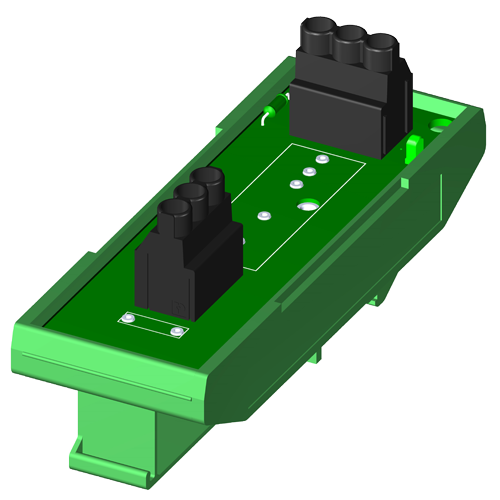
1 channel backpanel (DIN)
View
SCM7BP02

2 channel backpanel
View
SCM7BP02-DIN

2 channel backpanel (DIN)
View
SCM7BP04
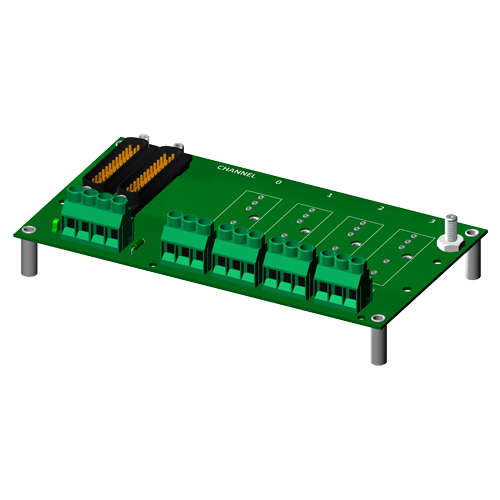
4 channel backpanel
View
SCM7BP04-DIN

4 channel backpanel (DIN)
View
SCM7BP08

8 channel backpanel
View
SCM7BP08-DIN

8 channel backpanel (DIN)
View
SCM7BP16

16 channel backpanel
View
SCM7BP16-DIN

16 channel backpanel (DIN)
View
SCM7B-PROTO

SCM7B breadboard kit
View
SCM7BPT

Non-isolated signal pass thru module
View
SCM7BXCA01

1 meter system adapter cable (DB25F to 26M)
View
SCM7BXCA02
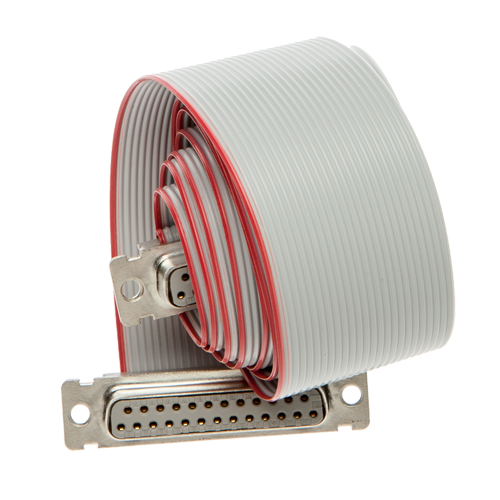
2 meter system interface cable (DB25F to DB25F)
View
SCM7BXEV
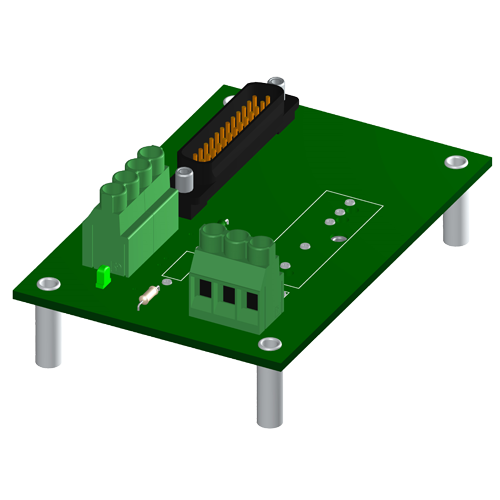
1 channel evaluation backpanel
View
SCM7BXR1

250 Ohm current conversion resistor
View
SCMXBE
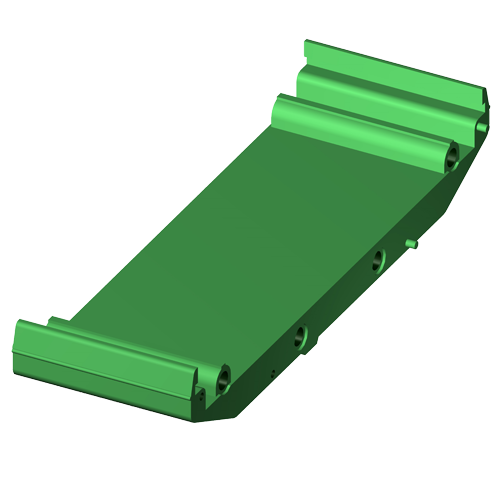
DIN rail base element without snap foot
View
SCMXBEFE

DIN rail base element with snap foot
View
SCMXCA006-01

System interface cable for backpanels, 1 meter length
View
SCMXCA006-02

System interface cable for backpanels, 2 meter length
View
SCMXDB37F25BP00

Third Party DAQ Front-Ending Adapter for Dataforth Backpanels
View
SCMXDB37F27BP00
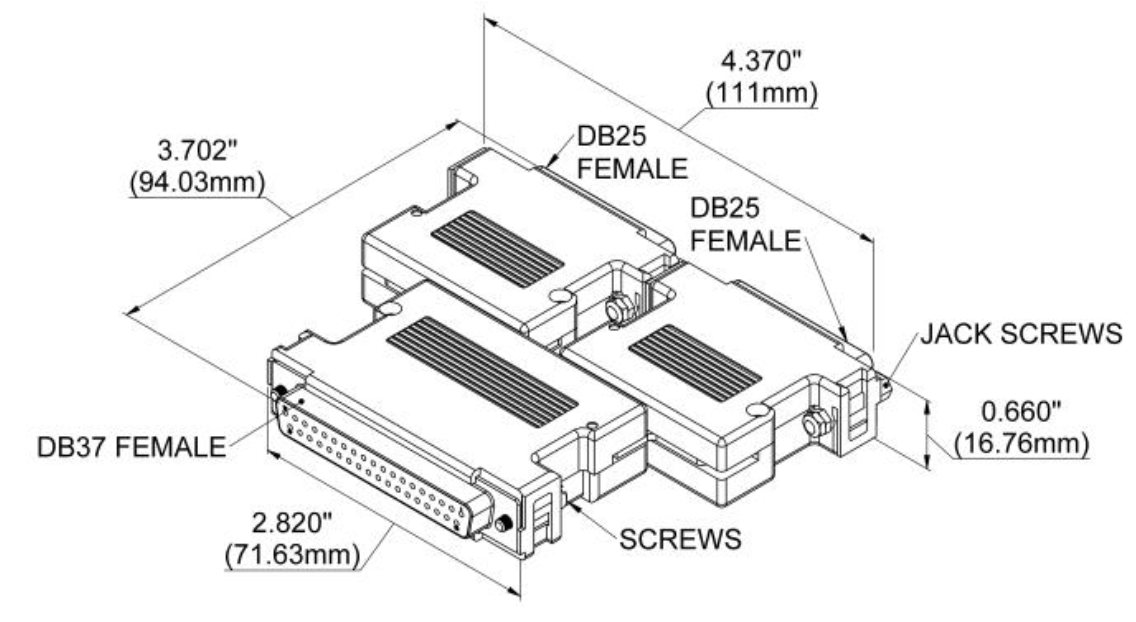
Third Party DAQ Front-Ending Adapter for Dataforth Backpanels
View
SCMXDB37F28BP00

Third Party DAQ Front-Ending Adapter for Dataforth Backpanels
View
SCMXDB37F5BP00

Third Party DAQ Front-Ending Adapter for Dataforth Backpanels
View
SCMXDB37F7BP00

Third Party DAQ Front-Ending Adapter for Dataforth Backpanels
View
SCMXDB37F8BP00

Third Party DAQ Front-Ending Adapter for Dataforth Backpanels
View
SCMXIF

Ribbon cable to screw terminal interface board
View
SCMXIF-DIN

Ribbon cable to screw terminal interface board, DIN mount
View
SCMXRAIL1-1.0

DIN EN 50022-35 x 7.5 (slotted steel), 1 meter length
View
SCMXRAIL1-2.0

DIN EN 50022-35 x 7.5 (slotted steel), 2 meter length
View
SCMXRAIL2-01
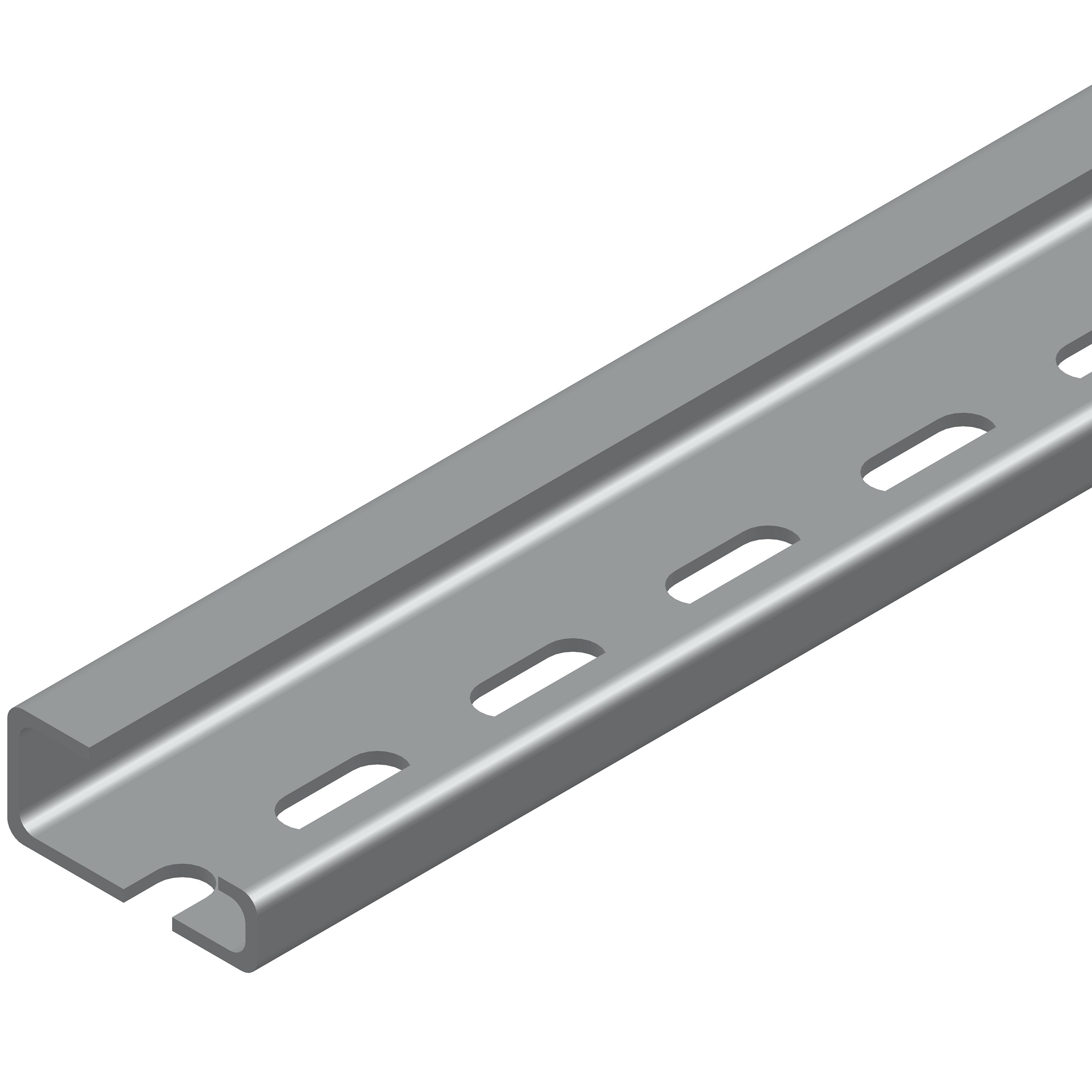
DIN EN 50035-G32 (slotted steel), 1 meter length
View
SCMXRAIL2-02

DIN EN 50035-G32 (slotted steel), 2 meter length
View
SCMXRAIL3-01
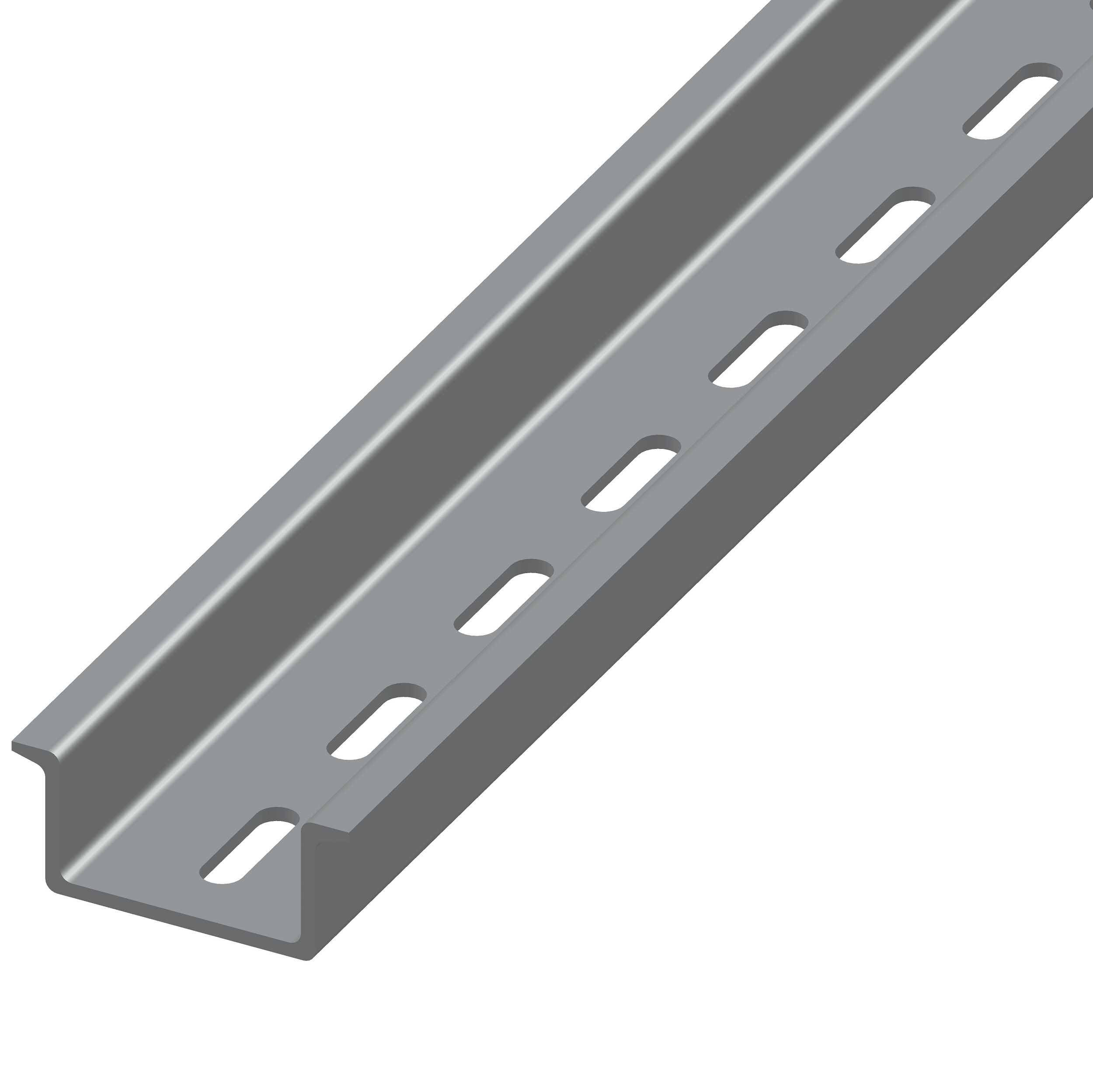
DIN EN 50022-35 x 15 (slotted steel), 1 meter length
View
SCMXRAIL3-02

DIN EN 50022-35 x 15 (slotted steel), 2 meter length
View
SCMXRK-002

19 inch metal rack for mounting analog backpanels
View
SCMXSE

DIN rail side element
View
SCMXVS

DIN rail connection pins
View
Competitive Cross-Reference
- The SCM7B40-03A equals the Analog Devices NOT AVAILABLE. For specific performance comparison, please review both datasheets.
The information available through this competitive cross reference guide are based upon product catalog information obtained from a variety of sources. The competitive cross reference information is being provided to you free of charge for your use. While Dataforth Corp has used reasonable efforts to ensure data accuracy, Dataforth Corp does not guarantee that it is error-free, nor does Dataforth Corp make any other representation, warranty or guarantee that the information is accurate, correct, reliable or up-to-date. Dataforth Corp expressly disclaims all implied warranties regarding this information, including but not limited to any implied warranties of merchantability or fitness for a particular purpose.
This information is provided only as a convenience on an "as is" basis and Dataforth Corp. or its representatives or distributors are not responsible for any incorrect, inaccurate, or incomplete information. You are solely responsible for (1) selecting the appropriate Dataforth products for your application, (2) designing, validating and testing your application, and (3) ensuring your application meets applicable standards, and any other safety, security, or other requirements.
This information is provided only as a convenience on an "as is" basis and Dataforth Corp. or its representatives or distributors are not responsible for any incorrect, inaccurate, or incomplete information. You are solely responsible for (1) selecting the appropriate Dataforth products for your application, (2) designing, validating and testing your application, and (3) ensuring your application meets applicable standards, and any other safety, security, or other requirements.
FAQ
Can Dataforth analog modules be used in high vibration environments? If so, what type of testing or certification was completed?
SCM5B, SCM7B, 8B SensorLex, and DSCA modules are well suited for use in high vibration environments. These modules and their associated accessories have undergone testing for random vibration, shock, and swept sine wave vibration. Details of each of these testing methods are provided below:
Random Vibration (Operating):
○ MIL-STD 202G, Method 214A, Condition 1
- Frequency Range: 50-2000Hz, flat spectrum
- Vibration Intensity: 7.56 Grms
- Duration: 10min/axis (X, Y, Z)
Shock (Operating):
○ MIL-STD-810F, Method 516.5
- Pulse Shape: Sawtooth
- Test Level: 30G
- Duration 11ms
- Orientation: +/-X, +/-Y, +/-Z
Swept Sine Vibration (Operating)
○ MIL-STD-810G, Method 514.6, modified
- Frequency Range: 10-2000Hz
- Vibration Intensity: 5Gp-p
- Sweep Rate: 1 octave/min
- Orientation: X, Y, Z
Declaration of conformity for the above-listed tests can be provided upon customer request. Please contact customer service if a copy of the declaration is needed.
Due to resource constraints on my computer, I'm unable to open the three dimensional CAD models provided on your website. Does Dataforth provide two demensional CAD models for download as well?
Two dimensional CAD models can be generated upon customer request. Please contact Customer Service for assistance.
What does it mean when an input module has for example a 3kHz bandwidth?
A 3kHz bandwidth on an input module means it can accept voltages from DC to 3000Hz. Any frequency higher than that and the signal will start to be attenuated by the filter at the input.
Can SCM5B modules be hot swapped?
Not just SCM5B modules, but any signal conditioning module series and MAQ20 I/O modules can be hot swapped. A minimal amount of signal settling time may result, but there will be no damage to the device.
What does "Response time, 90% span" mean on the datasheet for my module?
Normally, a response time figure refers to how quickly a module's output can "respond" to a change in the input signal. "Response time, 90% span" refers to how fast a module can adjust its output when a step signal is applied at the input, where the magnitude of this step input is 90% of the input span of the module.
Where can I find the MTBF of my module?
Information on MTBF for SCM5B, SCM7B, 8B and DSCA is available on our website. Please see application note AN802 for more details. Application notes can be found under the "Literature" tab on the top navigation bar.
Is the calibration of Dataforth modules traceable to NIST standards?
Yes, calibration of Dataforth modules is traceable to NIST standards.
If I purchase a backplane with no CJC, will I still be able to use modules that require the CJC enable jumper to be installed?
Yes. Backplanes with no CJC will still come with the CJC enable installed on the backplane.
How does the load resistance of a module affect the noise at the output?
Noise at the output of a module is independent of load resistance.
How do I convert an RMS voltage to its corresponding peak voltage?
To convert an RMS voltage to its corresponding peak voltage, you simply take the RMS voltage value and multiply it by the square root of 2, or roughly 1.414.
For example, 1500Vrms corresponds to a peak voltage of 1500 * 1.414 = 2121 Vp
If the input range of my signal conditioner is -1V to +1V and the output range is 0 to 10V, does this mean that it ignores polarity?
A signal conditioner with these I/O ranges does not mean that the module ignores the polarity of your voltage input. The output of voltage input modules are scaled linearly, meaning an input of -1V would correspond to an output of 0V, an input of 0V would correspond to an output of 5V, an input of +1V would correspond to an output of 10V, and so on.
Is the SCMXPRT-003 DIN rail mountable?
The SCMXPRT-001 has an option for DIN rail mounting (part number: SCMXPRT-001D) but the SCMXPRT-003 does not. Instead, it can be mounted on the SCMXRK-002 which is a 19 inch metal rack for mounting the SCMXPRT-003 as well as various Dataforth backpanels and the SCMXIF interface board.
Analog Devices announced a last time buy and discontinuance of their signal conditioning modules. Can I replace them with Dataforth signal conditioning modules?
Yes, in general, Dataforth signal conditioning modules are a direct replacement for all Analog Devices signal conditioning modules. e.g. "SCM5B35-xx: Linearized 4-Wire RTD Input Modules" will replace Analog Devices "5B35: Isolated 4 Wire RTD Input Signal Conditioning Module".
Please note that Dataforth signal conditioning modules are RoHS II compliant.
Can Dataforth provide calibration reports for modules I purchased?
Yes we can provide calibration reports for the modules that you purchased.
You can either
a) visit https://www.dataforth.com/TestDataReport.aspx to search for Test Report Datasheets by Serial Number or
b) you can send us a list of model numbers and their serial numbers to support@dataforth.com
How do the SCM7B22 and SCM7B41 differ?
The main difference is the SCM7B41 is an input module and the SCM7B22 is an output module.
This means that.
The 7B41 module has its input on the isolated field side of the module connect to it through screw terminal blocks. The 7B41 module has its output on the system and power supply side of the module connect to it through DB-25 connector (SCM7BP01, SCM7BP02, SCM7BP04, SCM7BP08, and SCM7BP16).
The 7B22 module has its output on the isolated field side of the module connect to it through screw terminal blocks.
The 7B22 module has its input on the system and power supply side of the module connect to it through DB-25 connector (SCM7BP01, SCM7BP02, SCM7BP04, SCM7BP08, and SCM7BP16).
Keywords/Phrases: 7B, 7B module, 7B input module, 7B output module, 7B22, 7B41
This means that.
The 7B41 module has its input on the isolated field side of the module connect to it through screw terminal blocks. The 7B41 module has its output on the system and power supply side of the module connect to it through DB-25 connector (SCM7BP01, SCM7BP02, SCM7BP04, SCM7BP08, and SCM7BP16).
The 7B22 module has its output on the isolated field side of the module connect to it through screw terminal blocks.
The 7B22 module has its input on the system and power supply side of the module connect to it through DB-25 connector (SCM7BP01, SCM7BP02, SCM7BP04, SCM7BP08, and SCM7BP16).
Keywords/Phrases: 7B, 7B module, 7B input module, 7B output module, 7B22, 7B41
Was this content helpful?
Thank you for your feedback!






